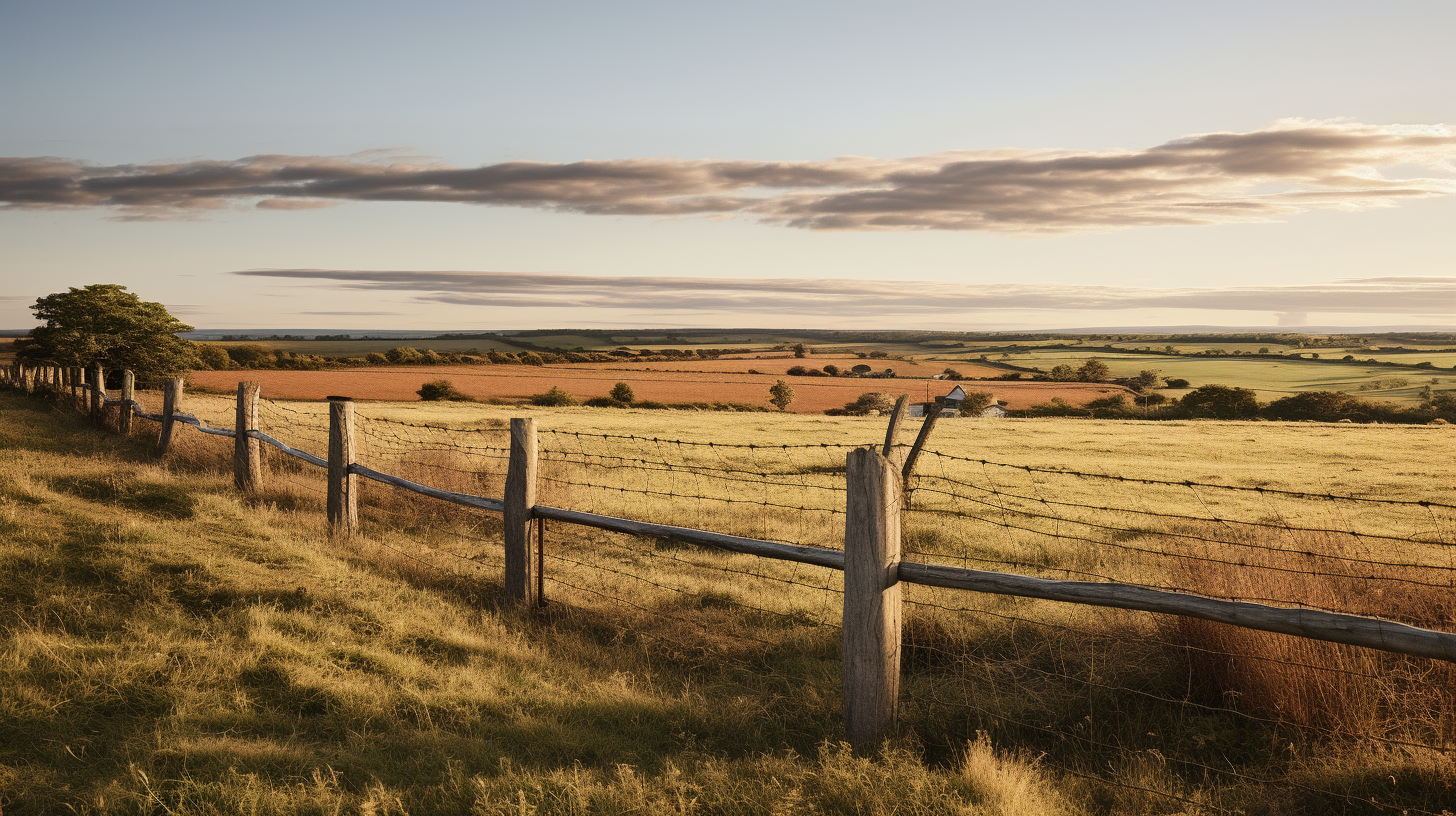It sounds to me like you may be misinterpreting or not understanding a key component of what your surveyor is telling you. You say that using the 1940’s basis of bearings, everything “lines up”, including an as-built station.
I’m not sure how or why the information is being rotated and magically not lining up. What is not lining up? Is the boundary being rotated without applying the same rotation to features shown on the 1940’s plan?
If the 1940’s bearings work to form a closed figure, it really does not matter what the basis of bearings are, however, if that 1940’s survey was done for the federal government, surely there were some form of specifications that would stipulate the basis of bearings to be used.
The question remains, how can the 1940’s information “line up” and then not “line up” when a rotation is applied. I could be missing something or information could be missing but when the deed bearings from the 1940’s are rotated into any other basis of bearings, everything shown on that plan (corners, buildings, road and all other features) must also be rotated by the same value to “line up”. If you are rotating the boundary only into some current bearing basis, and not the existing features, the boundary is not going to match the existing features and they will appear in an entirely different location in relation to the rotated boundary. If everything on that plan is located in the 1940’s system by the same value, everything should line up perfectly (or within acceptable tolerances) and one plan should overlay the other after twisting one of the plans by the amount of rotation. The only differences would be differences in the in the changes in degrees, minutes and seconds shown on each plan.
-
This reply was modified 3 weeks, 6 days ago by
 chris-bouffard. Reason: added last sentence
chris-bouffard. Reason: added last sentence
